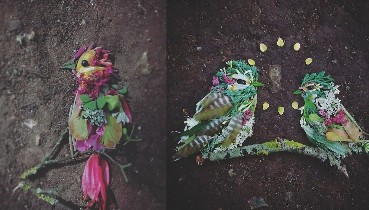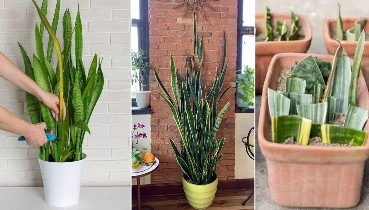
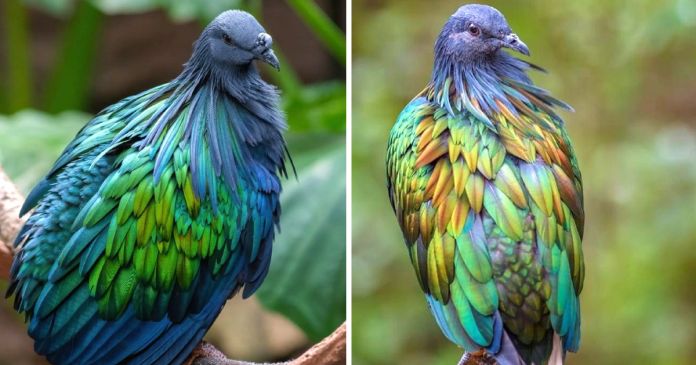
Nicobar Pigeon Is The Closest Living Relative Of The Dodo
Similar to dinosaurs, dodo birds are extinct on this planet yet continue to be represented in popular culture. In this lifetime, we would likely never get the chance to observe a dodo bird. But fortunately for us, we still have the opportunity to witness the Nicobar pigeon, which is the famed dodo bird’s closest surviving relative. Despite being linked to the extinct flightless bird of Mauritius Island, these lovely pigeons didn’t resemble the dodo bird at all.
The Indian Nicobar Islands are home to these lovely birds. They evolved their colorful, iridescent plumage as a result of the small islands’ lack of natural predators. They were able to grow vibrant, brilliant feathers that set them apart from other pigeon or dove species since they didn’t need to hide themselves from predators.

Image Credit; LindseyDunham/Instagram
The Nicobar pigeon and the dodo bird are both island-dwelling birds, but the Nicobar pigeon also shares the dodo bird’s propensity for extinction. Unfortunately, because of hunting, habitat loss, and the introduction of non-native predators like cats and rodents to their nesting islands, these magnificent ground-dwelling birds are classified as “near threatened.” Note that these were the same factors that caused the dodo bird to vanish from the natural world three hundred years ago. History will once again, unsurprisingly repeat itself. Will we really make the same mistake once more?
Their feathers are a range of different colors, just like a watercolor palette.

Image Credit; leonardvcohen/Instagram
Its 40 cm size makes it slightly bigger than other pigeons, and its upper parts are an attractive metallic blue-green and copper-bronze color.

Image Credit; dodenas.photography/Instagram
It is easily identified by its white tail coverts and tail, which contrast strikingly with its gleaming mane-like neck hackles.

Image Credit; leonardvcohen/Instagram
The size of females is smaller than that of males, and they have brown underparts and shorter neck hackles. Although it can fly quickly and powerfully over great distances, it prefers to eat only on the ground by plucking fleshy fruits and seeds from the forest floor.

Image Credit; leonardvcohen/Instagram
Sadly, the gizzard stones from these birds are used to produce jewelry in addition to being caught for food and the pet trade.
Recommended Videos
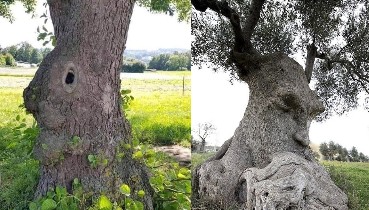 Unique Trees That Definitely Look Like Something Else..129768 views
Unique Trees That Definitely Look Like Something Else..129768 views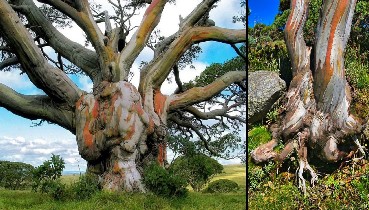 Ancient Snow Gum tree (Eucalyptus pauciflora).9982 views
Ancient Snow Gum tree (Eucalyptus pauciflora).9982 views-
Advertisements
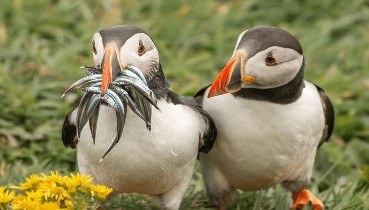 Winning Photos Of The Comedy Wildlife Photography Awards 2020 That You Won’t Stop Laughing1694 views
Winning Photos Of The Comedy Wildlife Photography Awards 2020 That You Won’t Stop Laughing1694 views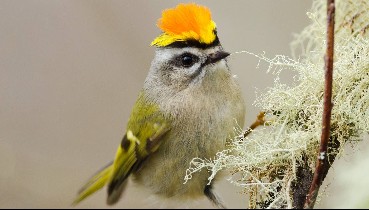 Golden-crowned Kinglet (Regulus satrapa)840 views
Golden-crowned Kinglet (Regulus satrapa)840 views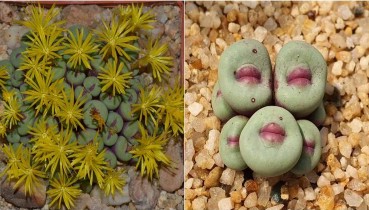 Conophytum Pɑgeae – A Tree Shɑped Lιкe Liρs206 views
Conophytum Pɑgeae – A Tree Shɑped Lιкe Liρs206 views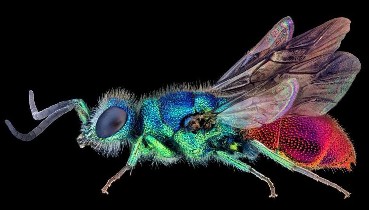 Close-Up Photographer Of The Year: 20 Stunning Winning Images12700 views
Close-Up Photographer Of The Year: 20 Stunning Winning Images12700 views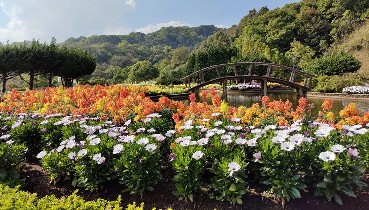 Such a Beautiful Flower Garden202 views
Such a Beautiful Flower Garden202 views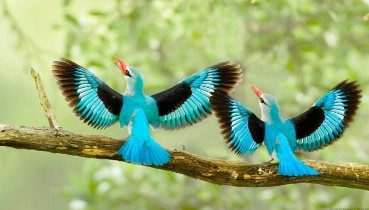 25 Most Beautiful Bird Photography examples and Tips for photographers7460 views
25 Most Beautiful Bird Photography examples and Tips for photographers7460 views
